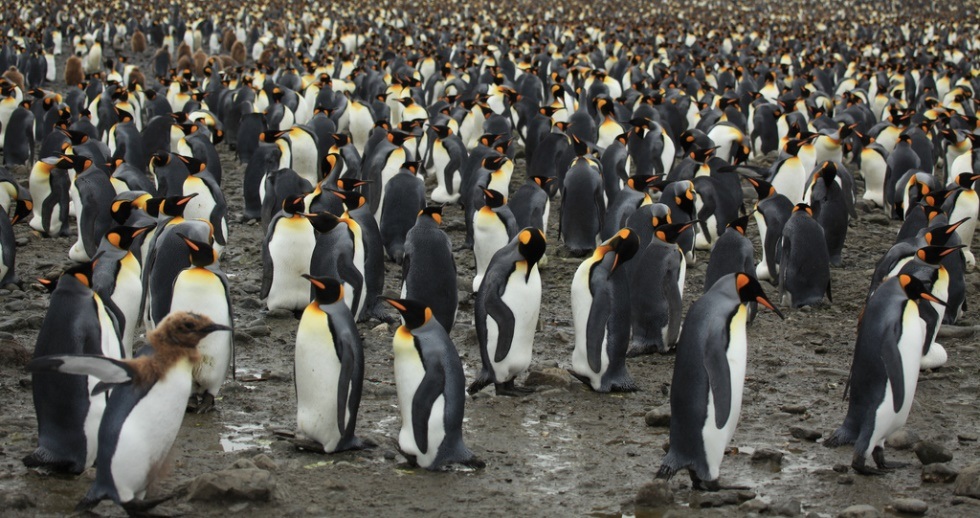2014 has been a busy year for Google, with a variety of updates and algorithm changes that had widespread impacts in search results. Although the year started off fairly quiet, In May Google decided to roll out two major updates with the same month. The first being the Payday Loan 2.0 update, which targeted specific sites that were thought to be spammy. Around the same time, Google had also rolled out Panda 4.0, which according Google’s Matt Cutts, impacted approximately 7.5 percent of all English queries. Less than a month later, Google released Payday Loan 3.0, which targeted “especially spammy” search queries, such as “casinos,” “Viagra” and of course, “payday loans” – hence the name.
In July Google really cranked up the dial and made several changes to dismay of many SEOs and webmasters. Some of these changes include removing authorship photos from search results, video thumbnails becoming less prominent in search results, higher emphasis on in-depth articles, and perhaps most notably, the Pigeon update, which had a serious impact on local search queries.
Although we’ve seen a lot of changes from Google over the past couple of months, one thing that I have found to be a little bit unsettling is that it’s been nearly a year since the last Penguin update. In case you aren’t familiar with the update, Google Penguin was an update that targeted sites using spammy link-building techniques. Hundreds of thousands of sites were impacted and many of them still have not regained their pre-Penguin rankings. In my experience, Penguin has had the greatest and longest-lasting impact in terms of penalties. Anyone who has had experience cleaning up massive quantities of toxic links can tell you that it can be an extremely meticulous process and it’s very time-consuming.
Back in August of 2012, Matt Cutts said that he expects “[The] Penguin updates will take longer, incorporate additional signals and as a result will have a more noticeable impact.” What we do know is that Penguin 3.0 is coming. We don’t know when exactly, but it’s becoming clear that once it does finally roll out, we should expect a rather large shift in search results.
In light of Penguin 3.0, there a few things to consider going forward.
- There is potentially still time to clean up your site in time for the next iteration. If you haven’t already, I would recommend looking through your back-link profile to identify any toxic or spammy links to your site. If you find some questionable links, reach out to the sites in question and politely ask them to remove the links. If this doesn’t work, you can always use the Google Link Disavow tool. But if you go this route, make sure that you read up on how to use it – this tool should really only be used as a last resort.
- Penguin isn’t your only enemy. As I mentioned earlier Google has been rolling out changes left and right and each of these additional changes are also factored in to your overall rankings. If you’ve been hit by Penguin, in addition to link cleanup, it would also be a good idea to also focus on some of the other ranking factors to help neutralize the impacts of the over-optimization penalties.
- One thing that you’re going to hear a lot more about in the coming years is “negative SEO.” Negative SEO is the practice of maliciously manipulating competing sites in order to outrank them in search engines. Since Google has placed such a heavy emphasis on back-link quality, this has become a golden opportunity for businesses and SEOs to poach rankings from their competition. All the more reason to keep a close eye on your back-link profile.
Photo credit: Flickr user Liam Quinn


